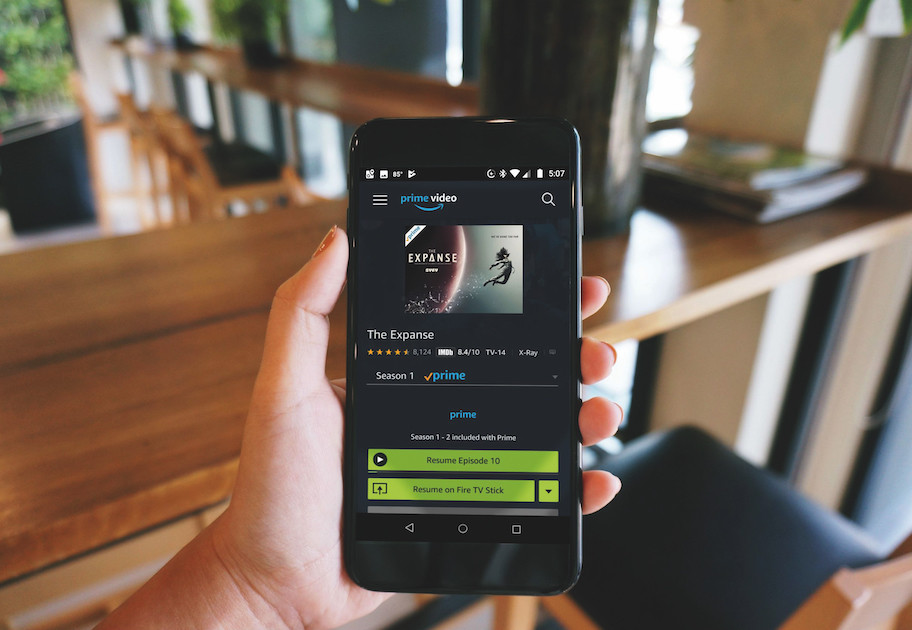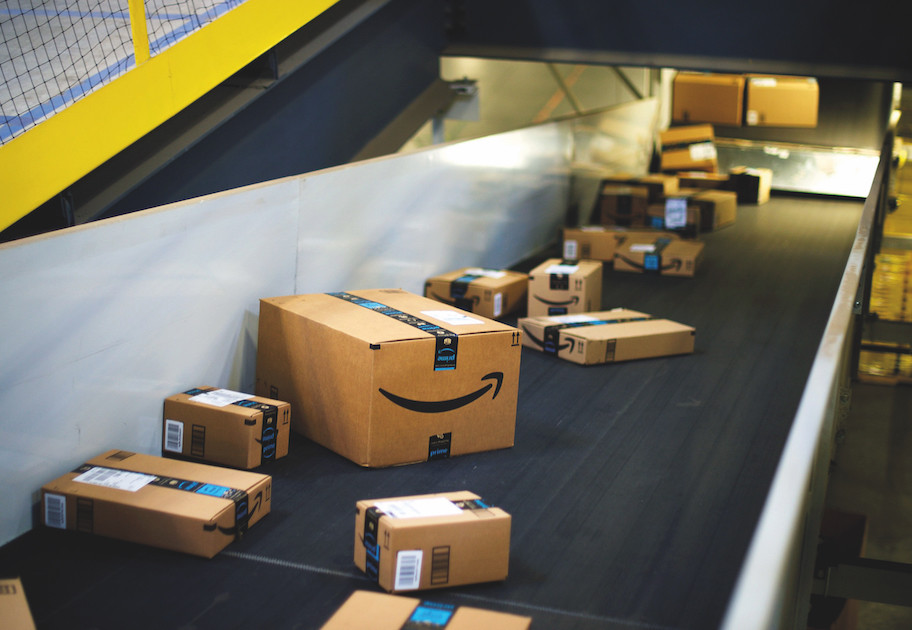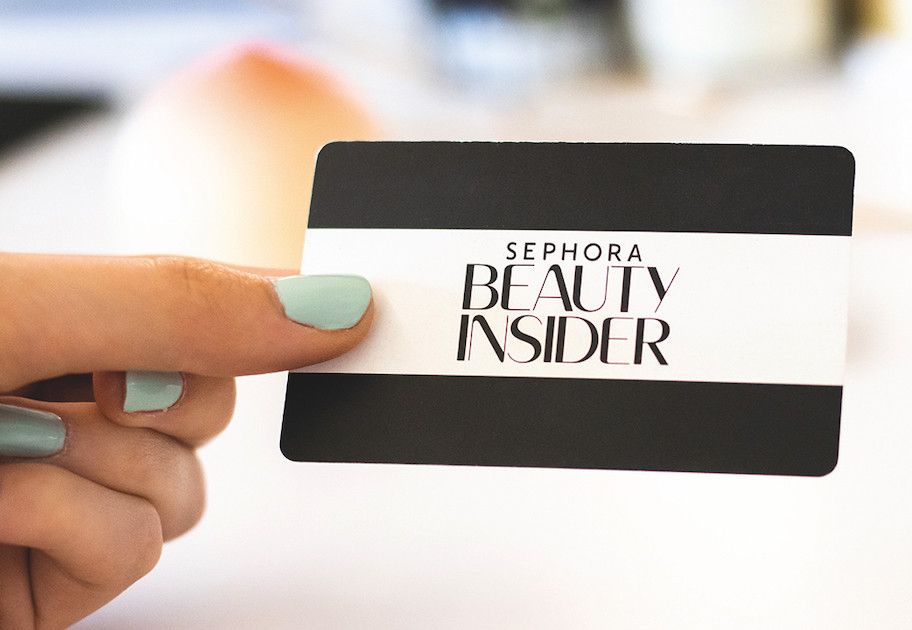To fee or not to fee?
Despite the fact that customers are now accustomed to 'free' discounts and rewards in a loyalty programme, a significant proportion of consumers have indicated that they are open to a paid form of loyalty (The Loyalty Report 2018, survey of 16,000 consumers). Overall, 37% of respondents said that they would be prepared to pay for enhanced benefits in a loyalty programme. This percentage is many times higher in the case of Gen Z and the millennials, at 47% and 46% respectively.
Why are they open to a paid loyalty programme? Of course, as consumers, we understand the idea behind membership very well - to convince us to buy more products and spend more money. Consumers want to know the value of such membership for them: “what's in it for me?”
With Amazon Prime, you're sitting in the first row
In 2005, game changer Amazon already understood that the consumer was looking for a different kind of membership and launched Amazon Prime. In June 2018, the programme had some 95 million subscribers and would already have an annual revenue flow of $9 billion from the Prime programme alone. According to various sources, the subscribers shop twice as much and also spend twice as much as non-Prime members. And that makes it an interesting deal for Amazon.
But what makes the deal so interesting for consumers? For many, Amazon Prime is a no-brainer for its shipping perks alone. For $119 a year, not only can you enjoy unlimited free two-day shipping, but also access to the Prime streaming video and music service, Kindle books, and additional partner discounts and deals.
[quote] Amazon Prime is a no-brainer for its shipping perks alone
.png?width=641&height=253&name=Kega%20logo%20(white%20bg).png)



